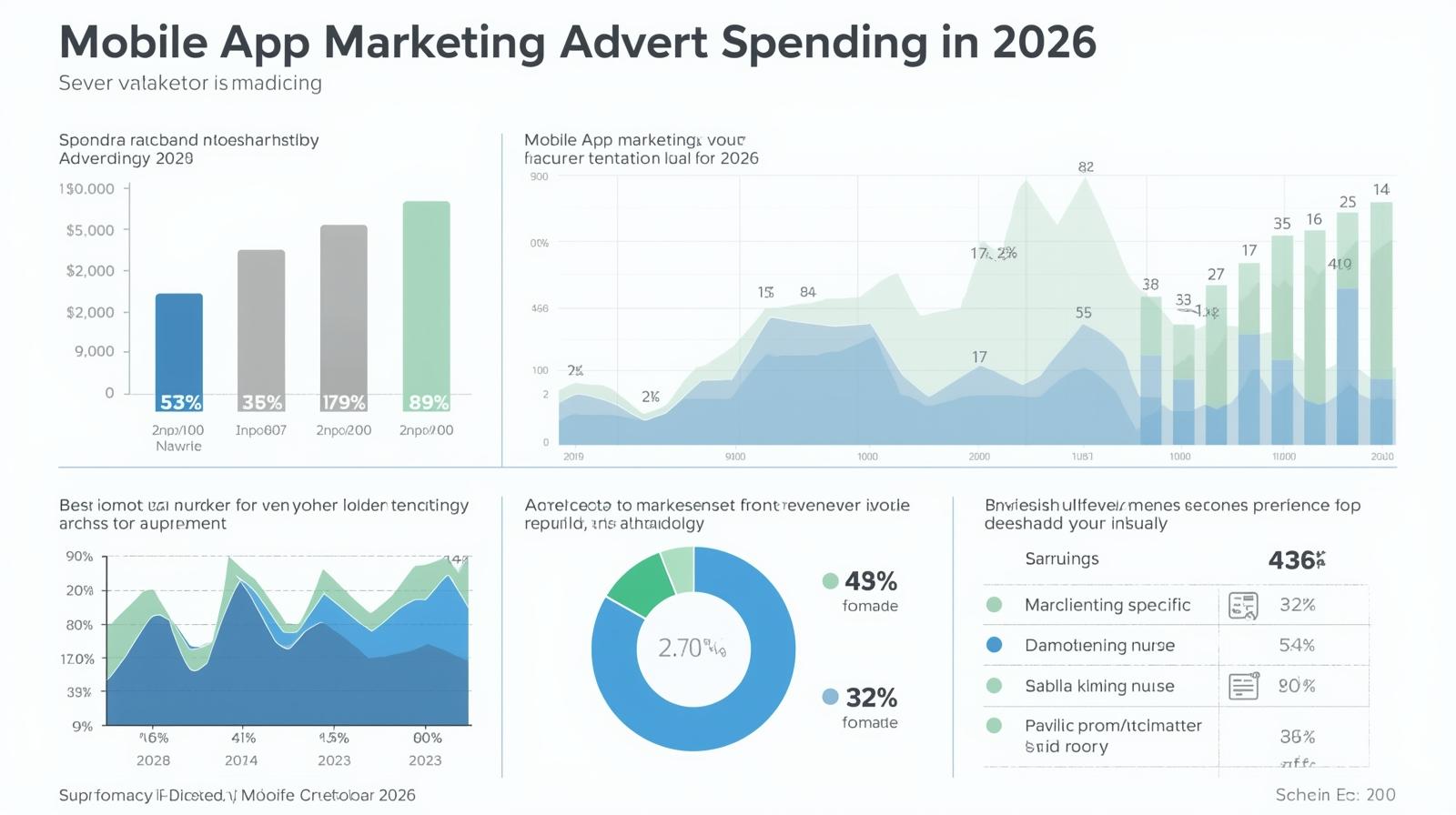Every brand aims to secure a stable position in the competitive market. However, staying on top consistently is not easy. Brands often invest heavily in organic and paid marketing strategies, but if those efforts don’t reach the right audience, they fall flat.
That’s where conversion funnel analysis in performance marketing becomes crucial. Without understanding where potential customers drop off or what drives them to convert, even the most well-funded campaigns can underperform. A reliable performance marketing agency can help you optimize this process and drive real, measurable results.
In this blog, we’ll break down:
- What is a conversion funnel?
- Why it’s essential for performance marketing.
- Common bottlenecks and how to resolve them.
- How Verve Online Marketing helps boost your conversions.
What is meant by Conversion Funnel?
The conversion funnel is the path followed by the customer on the digital platform. The history of the consumer who visited earlier or the audience who has visited for the first time; both are crucial for brands to identify. It helps brands improve their marketing funnel of services and cater better services to consumers.
The main of the conversion funnel is to turn potential audiences into the customer. The other touchpoint of performance marketing is to improve brand awareness but in the conversion funnel brand focuses only on conversions.
Case Scenario to Understand Conversion Funnel
The ultimate aim of the conversion funnel is to meet the goal of selling products and how many conversions are done.
Let’s say your brand’s goal is to sell a product.
- 2,500 users visit your website.
- 1,000 show interest (via clicks, subscriptions, or time on site).
- 400 add products to their cart (40% of those interested).
- Out of 400, only 100 make a purchase (10% of total visitors).
A performance marketing expert can help you identify where the drop-offs happen and why, and suggest improvements to optimize conversions at each stage.
Why Build a Conversion Funnel?
Here are the top benefits of having a clearly defined conversion funnel:
1. Identify Drop-Off Points
Conversion funnel analysis helps pinpoint where users abandon the journey. By identifying these friction points, you can refine your messaging, improve UX, or optimize CTAs to retain more users.
2. Understand Customer Behavior
Using analytics tools, you can track how users interact with your website. This helps in segmenting user behavior and tailoring content and ads to specific audience types.
3. Improve Funnel Performance
By monitoring how users flow through each funnel stage, you can detect early signs of issues and fix them proactively—leading to higher conversions and better ROI.
4. Optimize Conversion Rate
With data-driven insights, brands can deliver a smoother, more personalized experience that results in higher conversions.
What is the Process to prepare a conversion funnel?
The conversion funnel should be clear and focused according to the demand of the customer. It should be kept in mind that every customer is unique and the marketing funnel should be prepared to cater/distribute services among customers personally.
- Define customer journey
The customer journey should be analyzed with the help of the ideal performance metrics and tools. It will revamp your brand performance and also cater to the customer as what they require.
Every good organization hires a performance marketing strategist and professionals at the beginning of their ad campaign or paid marketing. It is obvious that only the expert team of digital marketing expert know how to start the conversion funnel and what are the KPIs and key elements for it. When you have a clear and concise at the beginning, it will add a bright conversion funnel for the customer.
- Identify touchpoints
The touchpoints are basically the ideal points from where the customers can be traced. The touchpoints are the inviting points that introduce the brand to the liking and interest of its customers. The ideal customer reveals the brands for their liking in the form of actions like subscribe, download, install, add to cart, etc. The ideal footmark adds value to the brand in that it wants to buy.
- Track Customer experience
The brands should give ideal time to track the customer experience on the real analytics tool. The customer experience should be noted once the customer completes their journey. The tools help in identifying the conversion and history of customers at the micro and mini levels. Friction points are great in serving the personalized journey to the customer. It saves time and cost for the customer.
- Use heatmaps
Using the heatmaps the customer can identify the customer interaction and how to interact with the brand’s platform. It gives a brief insight into customers and their pain points. The heatmap feature tells you the important threshold points of the customer journey. When the customer performs the whole journey then the heatmap is prepared such that the brand can identify whether the customer is actually making a conversion or not.
Hence heatmaps can give a detailed overview of the brand. Customer segmentation is crucial for the brands to understand the user behavior. It will identify the interest and liking of customers, and through the heatmaps, the performance marketing agency find out friction points.
How Verve Online Marketing Helps You Convert More
At Verve Online Marketing, we specialize in building high-converting performance marketing campaigns for brands that want measurable ROI. Here’s how we support your funnel optimization:
1. Real-Time Conversion Monitoring
We help you track your campaign performance in real-time so you can respond quickly to what works and what doesn’t.
2. Customer Segmentation & Filters
We build advanced audience segments based on location, behavior, interests, and device usage. This helps you reach the right audience with the right message.
3. A/B Testing for Funnel Optimization
We conduct rigorous A/B tests to understand what creatives, copy, layouts, or CTAs drive better results. If a bottleneck is identified, we act fast to fix it and retest.
Common Bottlenecks in a Conversion Funnel
- Slow Website Speed: Causes bounce before interaction.
- Complex Checkout Process: Leads to cart abandonment.
- Unclear Value Proposition: Users don’t understand the benefit.
- Poor Mobile Optimization: Breaks funnel on mobile users.
- Lack of Trust Signals: No testimonials, reviews, or security badges.
Conclusion
The conversion funnel is an important metric for brands to achieve their target in real-time. Major brands want a revamped presence of their digital identity on their platform. When they identify the journey of the customer from the beginning, then it would be a great deal for a brand to achieve in real time.
The conversion funnel is helpful for the marketing of the brand and meets the desired result in real-time. It is the structured approach to understanding customer behavior in detail. The method allows brands to meet with their potential customer to serve them in a better way.
For more details you should meet with Verve Online Marketing, it is the ideal performance marketing brand that can help you. We have a team of professional digital marketing experts that can serve you in a better way.






